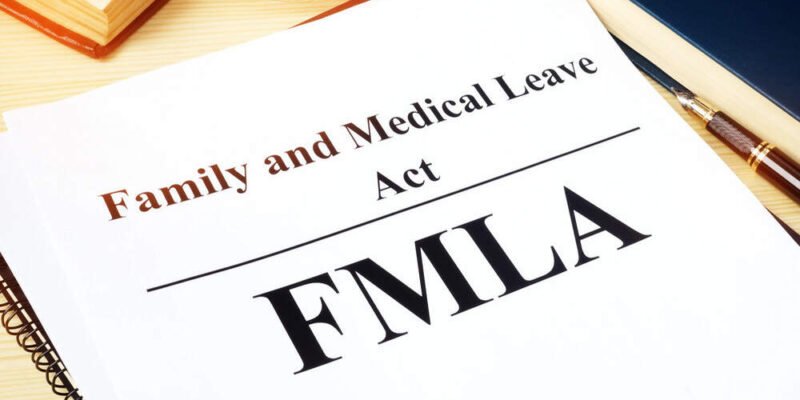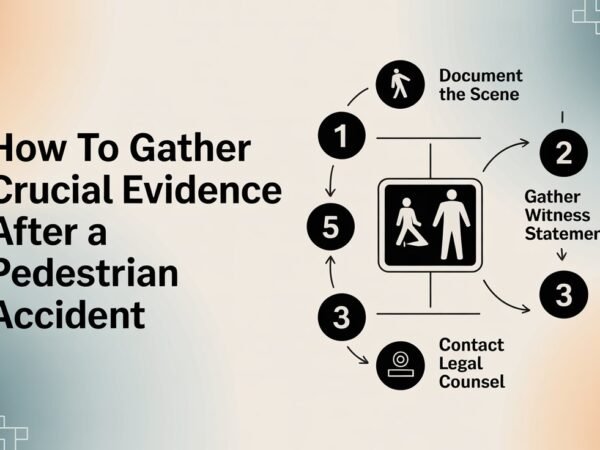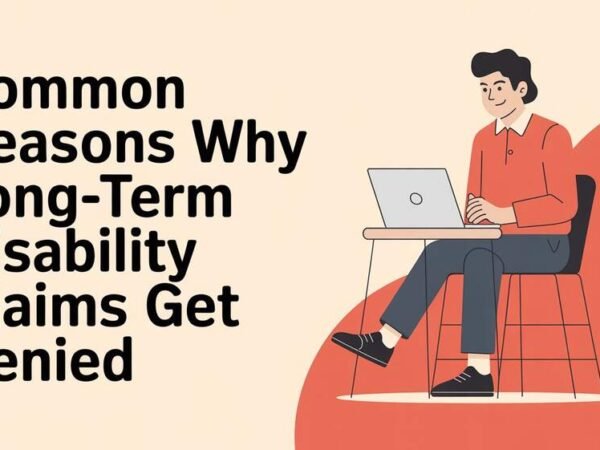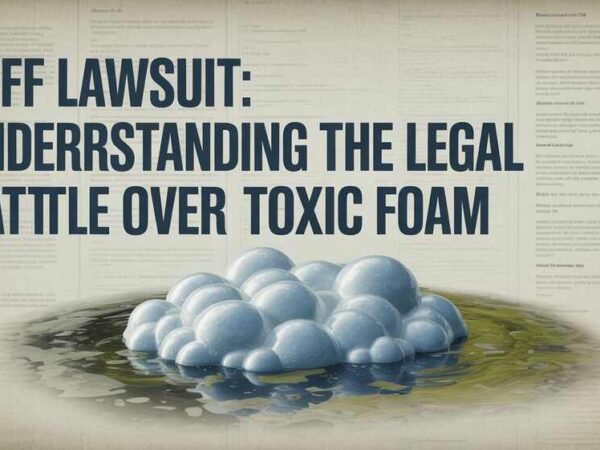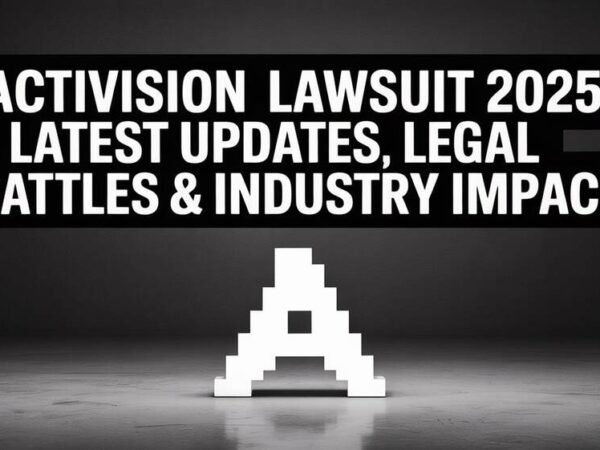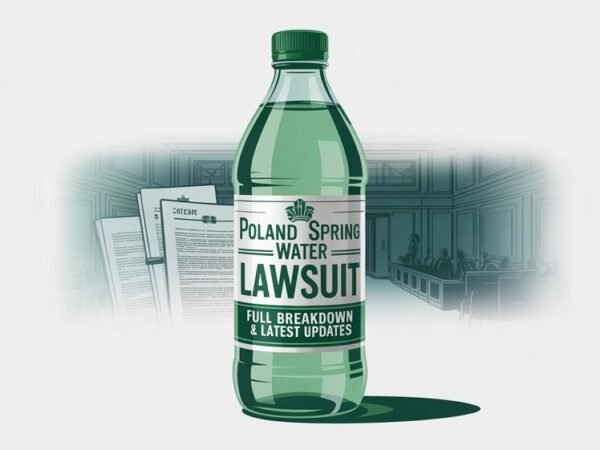The Family and Medical Leave Act (FMLA) is a federal law that allows eligible employees to take job-protected leave for specific family and medical reasons. The FMLA aligns with state-specific provisions in California, offering additional protections and benefits. A medical leave of absence, as outlined under FMLA, allows employees to step away from work for serious health conditions while ensuring job security and continuity of health benefits during their recovery period.
This article highlights key in-depth insights that explain the FMLA, focusing on Eligibility, qualifying reasons, the request process, and employer responsibilities. FMLA employment discrimination and retaliation occur when employers take adverse actions against employees for exercising their rights under the FMLA, such as penalizing them for taking leave or discouraging them from using their entitled benefits.
What Is the Family and Medical Leave Act?
The FMLA ensures that eligible employees working for covered employers can take up to 12 weeks of unpaid, job-protected leave within 12 months. In some instances, such as caring for a military family member, employees may take up to 26 weeks. The act also mandates that employers maintain group health insurance coverage during the leave period under the same conditions as active employment.
The FMLA applies to public agencies, educational institutions, and private-sector employers with at least 50 employees working for 20 or more workweeks in the current or preceding year.
Eligibility Requirements for FMLA Leave
To qualify for FMLA leave, employees must meet the following criteria:
- Employer Coverage: Employees must work for a public agency, educational institution, or private employer with at least 50 employees within a 75-mile radius.
- Length of Employment: Employees must have worked for their employer for at least 12 months.
- Hours Worked: Employees must have worked at least 1,250 hours during the 12 months preceding their leave request.
Qualifying Reasons for Taking FMLA Leave
The FMLA provides eligible employees the right to leave for various personal or family-related reasons:
- Personal Health: Employees can take leave for a serious health condition that prevents them from performing essential job functions. Examples include illnesses requiring hospitalization, chronic conditions requiring ongoing treatment, or severe injuries.
- Family Member’s Health: Employees may care for a spouse, child, or parent with a serious health condition. Coverage includes biological, adoptive, step, or foster parents and guardians.
- Birth and Bonding: Leave can be taken for the birth of a child or bonding with a newborn. This leave must occur within 12 months of the child’s birth.
- Adoption or Foster Placement: Similar to birth-related leave, employees can take time off to bond with an adopted or foster child. This leave can begin before the placement to accommodate preparation time.
- Military Family Member Needs: Employees with a family member on active duty can take leave for qualifying exigencies.
- Military Caregiver Leave: Employees may take up to 26 weeks to care for a military family member with a serious injury or illness.
Steps to Request FMLA Leave
Properly requesting FMLA leave involves clear communication and adherence to specific procedures.
Determine Eligibility
Before requesting leave, ensure that you meet the eligibility criteria outlined above.
Provide Notice
Employees must notify their employer at least 30 days in advance if the need for leave is foreseeable. For unforeseen circumstances, notice should be given as soon as possible.
Request Forms
Employers often have specific forms for FMLA leave requests. If unavailable, the Department of Labor’s official forms can be used.
Complete the Forms
Accurately detail the reason for leave, its expected duration, and any relevant medical certifications.
Submit Documentation
Submit completed forms to the human resources department and retain copies for personal records.
Follow Up
Employers must notify employees within five business days regarding the approval or denial of leave requests. Regular follow-ups can ensure timely processing.
Employee Rights and Responsibilities During FMLA Leave
Rights
- Job Protection: Employees are entitled to return to the same or an equivalent job with similar pay, benefits, and responsibilities.
- Health Coverage: Employers must maintain group health insurance coverage during FMLA leave.
Responsibilities
- Provide updates to the employer about changes in the return-to-work timeline.
- Ensure compliance with medical certification requirements, if applicable.
What Employers Must Do Under FMLA
Employers are obligated to:
- Approve leave requests for eligible employees meeting FMLA criteria.
- Provide written notice of employee rights under the FMLA.
- Reinstate employees to their original or equivalent positions upon return.
Employers are prohibited from:
- Interfering with or denying FMLA leave.
- Retaliating against employees who take or request FMLA leave.
- Requiring employees to take leave in a way that violates their rights.
Special Provisions Under California Law
California extends employee protections through state laws like the California Family Rights Act (CFRA). While closely aligned with the FMLA, the CFRA expands the definition of eligible family members and covers smaller employers with five or more employees.
Steps After FMLA Leave Ends
Upon completing FMLA leave:
- Employees should communicate their readiness to return.
- Employers must reinstate the employee to the same or equivalent position unless a valid reason, such as company restructuring, prevents this.
What If The FMLA Does Not Cover You?
Employees who do not meet FMLA criteria can explore other options, such as:
- Utilizing accrued paid leave, vacation, or sick time.
- Applying for short-term disability insurance (limited to the employee’s health condition).
- Negotiating alternative leave policies with the employer.
Common Violations of FMLA by Employers
The FMLA prohibits several actions that could impede employee rights, such as:
- Discouraging or intimidating employees from taking leave.
- Penalizing employees for time taken under FMLA.
- Adjusting work schedules to make employees ineligible.
Legal Support for FMLA Issues
Employees facing challenges with FMLA leave, such as denials or retaliation, can seek assistance through:
- Consultations: Legal advice to clarify eligibility and rights.
- Paperwork Assistance: Guidance on completing forms accurately.
- Negotiations: Advocacy for employees during disputes.
- Legal Representation: Pursuing claims for violations in court.
Frequently Asked Questions (FAQ) About FMLA
Is FMLA leave paid or unpaid?
FMLA leave is generally unpaid. However, depending on their employer’s policies, employees can choose to use accrued paid leave, such as vacation or sick time, concurrently with FMLA leave.
Can my employer deny my FMLA leave request?
Employers can only deny FMLA leave if the employee is not eligible or does not provide sufficient documentation. Your request cannot be dismissed if you meet all eligibility requirements and provide the necessary forms.
Do I need to provide medical proof for FMLA leave?
Yes, if you are taking leave for your serious health condition or to care for a family member with a serious health condition, you must provide medical certification. Employers may request additional opinions at their expense.
Can I take FMLA leave intermittently?
Sometimes, FMLA leave can be taken intermittently rather than all at once. This is common for ongoing medical treatments or caregiving responsibilities. However, you must coordinate the schedule with your employer.
Can I lose my job while on FMLA leave?
No. Your job is protected under FMLA. When you return, your employer must reinstate you to your original position or an equivalent one with the same pay, benefits, and responsibilities.
Does FMLA cover mental health conditions?
Yes, mental health conditions that meet the definition of a serious health condition, such as severe anxiety or depression requiring ongoing treatment, are covered under FMLA.
What happens if I exceed the FMLA leave limit?
If your leave exceeds the allotted time, you may lose job protection unless additional leave is provided under other laws, such as the Americans with Disabilities Act (ADA), or through employer policies.
Conclusion
The Family and Medical Leave Act provides essential protections for employees needing time off for personal or family health needs. Understanding your rights, responsibilities, and the proper steps for requesting leave can ensure smooth navigation. Whether in California or elsewhere, employees and employers must work together to balance personal needs with professional obligations.
Do Read: What Does a Local Solicitor Actually Do? 5 Legal Services You Might Not Know About


